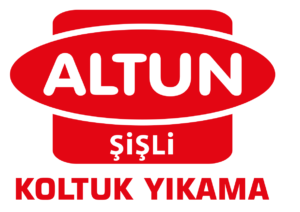Ethereum: Problem verifying safe signature (is valid)
Safe Signatures Check Ethereum: Complex Problem
Continuing the development of decentralized programs (DAPP), one of the most important concerns is to ensure the safety and integrity of the user experience. Data or programs, it is necessary to check the safety of the signature. This article will be associated with this problem with complexity,
Problem: Signature Recovery
The use of the data. However, the restoration of primary data is a separate process. Sender’s private key and encrypted or deciphered data.
Ethereum Verification of Intellectual Agreement
Ethereum smart contracts run blockchain, which means that all consumer actions are immutable and resistant to forgery. This causes a unique challenge when checking the user’s signatures.
The operation is broadcast to the network where it is carried out by the knots. The result blockchain state covers all operations, including all signed messages. However, since the signature itself is not stored in the circuit, there is no possibility of directly restoring or verifying it.
Solution: Signatures and Recovery
Signatures. These are digital signates that can be restored by solving a complex mathematical puzzle (i.e., decipher the message from encrypted data). However, this requires significant calculation power, which can lead to major delay and scaling problems.
More Advanced Approach: Digital Signatures of the Elliptical Curve
Another way is to use Digital Signatures of the Elliptical Curve (ECD), which provide Faster Recovery Time than Traditional Ecdsa. –
Web3.js Usage for Ethereum Smart Checking Agreement

You will need to use libraries such as web3.js, which provides an Ethereum network to implement this solution using Ethereum blockchain and smart contract. .
Here is a simplified example of how you can implement it using web3.js:
`JavaScript
Const Web3 = Require (‘Web3’);
// Initiate a Copy of Web3
Const Web3 = New Web3 (window.ethereum);
// Sign Your Optional Message Using Your Personal User Key
Async feature signmessage (userprivatekey, custommessage) {
Const account = wait for web3.eth.getaccount (userprivatekey);
Constnature = wait for account.sign (custommessage);
Signature of Return;
}
// Restore the Original Signed Data from Blockchain
Async’s Feature Recoversigdata (Transactionhash, Signature) {
// to create a puzzle that solves the original message, use surgery bag and signature
Const solution = wait web3.eth.gettransactionrect (transactionhash);
Const Encoteddata = Solution.data;
// decipher the encoded data using a signature
Const decryptedMessage = wait for web3.eth.decrypt (goddessata, signature);
Return deciphering.
}
`
Conclusion
Checking safe Ethereum signatures is a complex problem that requires careful consideration of scaling, safety and convenience. Ecdsa -based systems, they also have their own set of challenges.
Using Web3.
